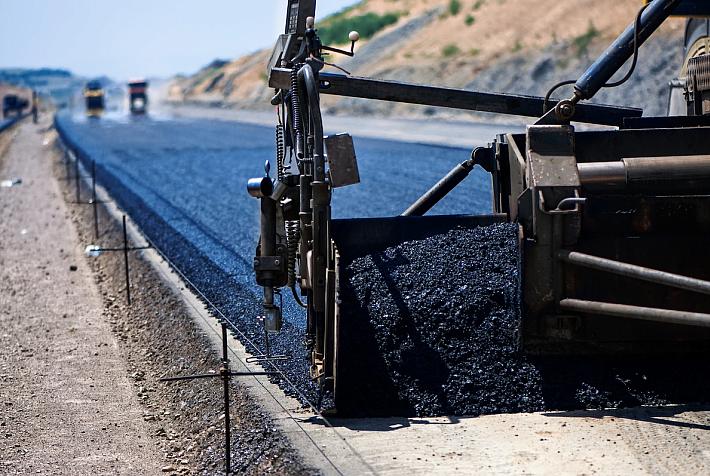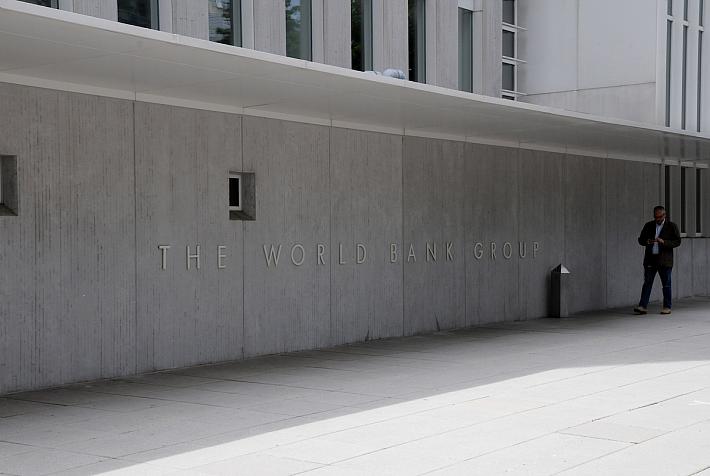Wage share in Romania reaches record values in 2024

The share of aggregated gross wages in Romania, including the employers’ social security contributions, expressed as a percentage of the total GDP, reached a record value of 48.8% in Q1 (the highest value since 2002) to decrease at 43.4% in Q2 – still 3.1 percentage points (pp) up from 40.3% in Q2 2023, according to data published by the statistics office INS.
From a medium-term perspective, the wage share, which features significant seasonality as an effect of the seasonality featured by the denominator (the quarterly GDP), has decreased after the COVID-19 crisis and the emergence of the war in Ukraine.
The sustained advance seen over the past year only brings it back to the pre-crisis levels (2019). Thus, the reading was 48.7% in Q1 2019 – not far from the new record marked in Q1 this year.
In absolute terms, the wage share in Romania is by far the weakest in Europe, partly reflecting lower productivity but possibly lower bargaining power of the trade unions in the country.
In 2021, for instance, the average 41% reading lagged significantly behind the average 57% level seen in the European Union, according to Euronews.
The sustainability of the wage level, questioned by employers in the context of higher wages and the government’s plans to further raise the minimum statutory wage, depends on multiple factors and is not guaranteed by only its lower value compared to the EU average. The labour productivity is a key element and the lower the productivity, the lower the sustainable wage share.
iulian@romania-insider.com
(Photo source: Vlad Ispas/Dreamstime.com)











